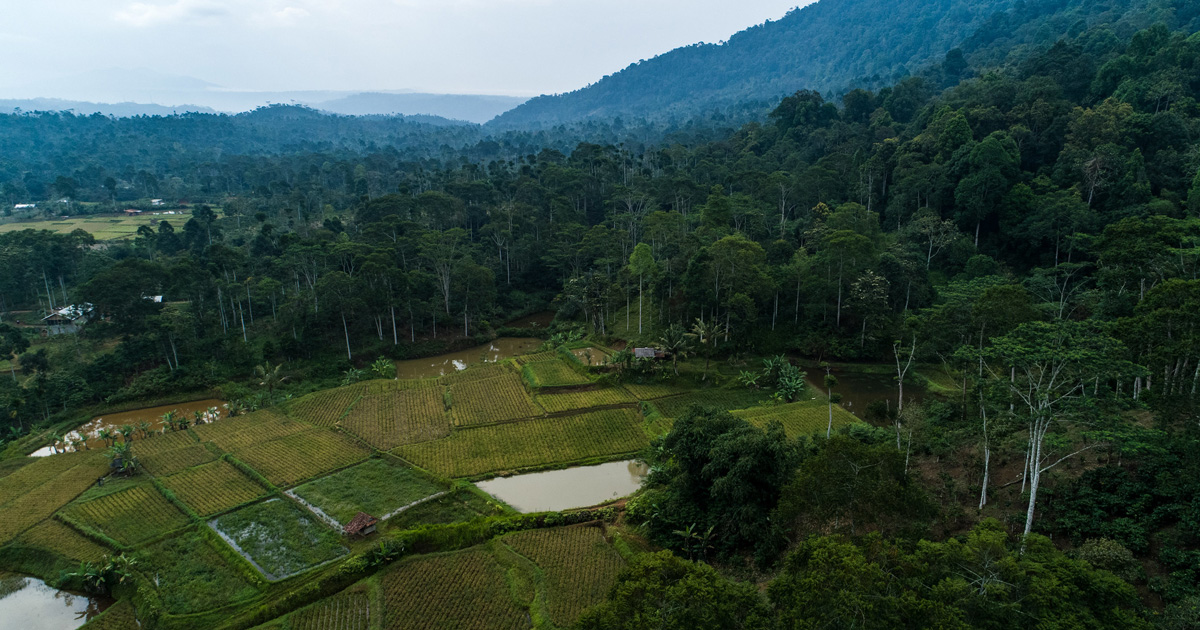A large amount of propellant materials are produced every year, and storage and disposal of these propellant materials seriously contributes to environmental pollution. Alkyne terminated polybutadiene with urethane segments (PUPB) is the macromolecule backbone of these propellant materials, and degradation of PUPB is central to the eco-friendly treatment of propellant materials. In this study, we isolated a polyurethane (PU)- and PUPB-degrading fungus from soils contaminated with rocket propellant, and the fungus H14 was identified as Fusarium solani (Mart.) Sacc. based on macro- and micro-morphology as well as phylogenetic analyses. The ability of F. solani H14 to degrade PU film and PUPB patches was evaluated via mass loss, scanning electron microscopy (SEM) and enzyme production ability. Mass loss analyses revealed a 25.8 % reduction in mass of PU and 1.3 % reduction in mass of PUPB after F. solani H14 was incubated with PU and PUPB for 90 days, respectively. We found that F. solani H14 mycelia significantly colonized both PU and PUPB. SEM images showed that the surface of PU films and PUPB patches formed holes, underwent folding and experienced damage as well as irregular fissuring from the erosion of fungal hypha. Moreover, two possible degradative enzymes, lipase and esterase, were produced by F. solani. Our study opens a new avenue of research for eco-friendly treatments of explosive materials and propellants. This paper represents the first article on the degradation of PUPB patches.
DOI:
https://doi.org/10.5943/sif/6/1/15
Altmetric score:
Dimensions Citation Count:
























